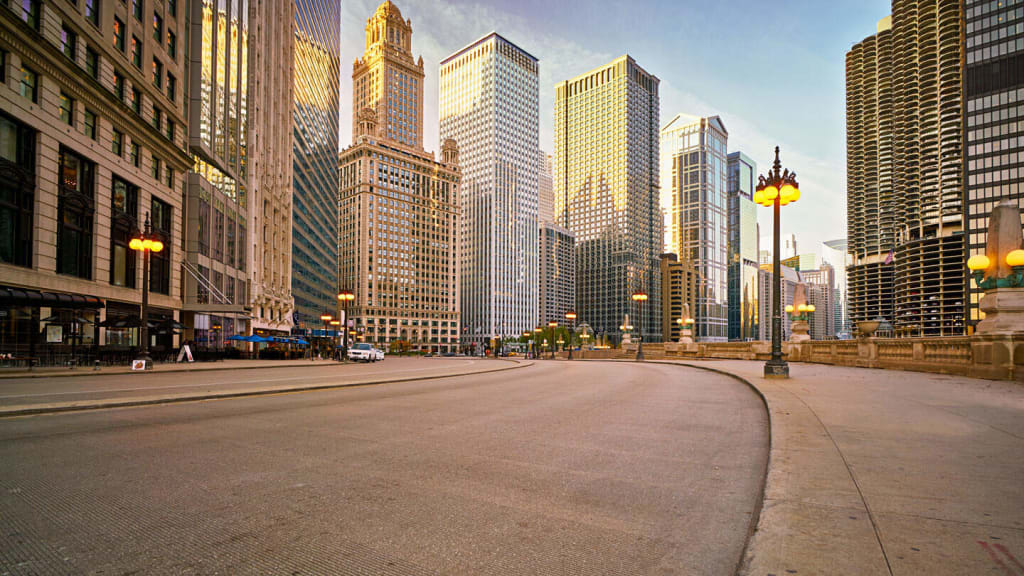
The urban heat island phenomenon is a fascinating but worrying aspect of modern cityscapes. As cities continue to expand and develop, they create unique microclimates with temperatures much higher than the surrounding rural areas. This phenomenon, known as the urban heat island effect, is caused by various things such as an abundance of concrete and asphalt, a lack of vegetation, and an increase in human activities.
In this article, we'll dive into the interesting world of urban heat islands and discover nine incredible facts about them. From its impact on human health to its effects on energy consumption, these facts highlight the urgent need for sustainable urban planning and mitigation strategies. It is time to reveal the covered up truths behind the apparently harmless urban scenes we experience each day and get it the significance of tending to the urban warm island impact for the well-being of both cities and their inhabitants.
The urban warm island impact is most articulated at night
One of the most surprising facts about urban heat islands is that their greatest impact occurs at night. This is because buildings and concrete trap heat during the day and slowly release it at night, causing nighttime temperatures to rise in urban areas.
Parks and green spaces can help reduce the urban heat island effect
Did you know that strategically placed parks and green spaces can help reduce the urban heat island effect? Vegetation provides shade and helps cool the surrounding air through the process of evaporation, reducing the overall temperature of the area.
Urban heat islands can affect local weather
The presence of urban heat islands can affect local weather patterns, changing wind circulation and precipitation patterns. This can affect the overall climate of the region by causing local storms and increased cloud cover in urban areas.
Green roofs could help reduce urban heat island effect
Installing green rooftops on buildings is an viable way to combat the urban warm island effect. These roofs have plants that provide insulation and help cool the building, reducing heat radiated into the environment.
Urban heat islands may worsen air quality
Urban heat islands not only raise temperatures but also worsen air pollution. Rising temperatures increase chemical reactions that produce pollutants such as ozone, resulting in poor air quality in urban areas.
Building design and colors can affect urban heat island effect
The design and color of buildings play an important role in the severity of the urban heat island effect. Dark colored materials absorb more heat, while light colors and reflective surfaces reduce heat absorption, mitigating the effect of the event.
Urban heat islands may affect human health
Prolonged exposure to high temperatures in urban heat islands can have adverse effects on human health. Heat-related illnesses, such as heatstroke and dehydration, are more common in urban areas where temperatures are high.
Urban heat islands have economic impacts
The urban heat island effect can have major economic consequences. Increasing energy demand for cooling buildings, decreasing agricultural productivity, and rising healthcare costs due to heat-related diseases increase the financial burden of urban heat islands.
Climate change may cause urban heat islands to intensify
The urban heat island effect is expected to worsen as global temperatures continue to rise due to climate change. The combination of rising temperatures and urbanization can create hotter conditions in urban areas, necessitating the implementation of sustainable urban planning strategies.
Conclusion
As a result, the urban heat island (UHI) phenomenon is a harsh reality in many urban areas around the world. High temperatures, particularly during the hot summer months, can have significant consequences on the environment, human health and overall quality of life. Understanding the causes and effects of UHI is crucial to implementing effective mitigation strategies to reduce its negative consequences. Cities can combat the impact of UHI by using sustainable urban planning and design practices, such as increasing green space, implementing cool roof technologies, and encouraging use energy-saving materials. Additionally, open mindfulness and instruction can play a crucial part in empowering people and communities to receive behaviors that can offer assistance decrease the arrangement of urban warm islands. It is important that governments, policymakers and urban planners prioritize UHI mitigation measures, as the problem is likely to intensify as urbanization and climate change continue. BBy taking proactive steps presently, we can make cities that are cooler, more versatile and prioritize the well-being of individuals and the environment.
About the Creator
Relang
I am a passionate novelist and imaginative writer my words dance across the page, painting vibrant tapestries of emotion and intrigue.






Comments
There are no comments for this story
Be the first to respond and start the conversation.